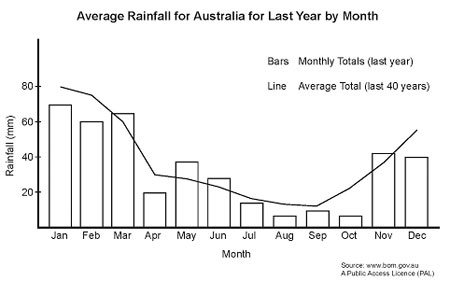IELTS essay, topic: Is using physical force to discipline children acceptable (opinion)?
This is a model response to a Writing Task 2 topic from High Scorer’s Choice IELTS Practice Tests book series (reprinted with permission). This answer is close to IELTS Band 9.
Set 4 Academic book, Practice Test 16
Writing Task 2
You should spend about 40 minutes on this task.
Write about the following topic:
Some people today believe that it is acceptable to use physical force to discipline children, but others feel it is completely unacceptable.
Discuss this view and give your opinion.
Give reasons for your answer and include any relevant examples from your knowledge or experience.
You should write at least 250 words.
Sample Band 9 Essay
Punishing children with physical force, or corporal punishment as it is also called, is something that was accepted not so long ago and people over the age of forty may well remember it. Nowadays, however, corporal punishment is against the law in most countries and adults who practise it can be taken to court. Children are always a vulnerable group and they depend on adults for protection and education. Of course, part of the growing up process is testing and breaking boundaries and it is nearly always necessary to instill discipline on a child. Whether or not it is necessary to use physical force to do so can be a very emotive subject.
Supporters of corporal punishment often defend their standpoint by explaining that the corporal punishment is not, or should not be, excessive. They do not argue that a child should be beaten severely until he or she is bruised or cut. They argue that just the infliction of mild pain causes effective discipline and also the fear that it might be applied. People who grew up experiencing it might offer this point of view.
Those who oppose using physical force on a child would say that the vulnerability and innocence of a child means that force should never be used. Children need to trust adults and believe that no harm will come to them. Additionally, children learn from adults and it is argued that corporal punishment will only teach children that force is an answer to various problems. It is also claimed that corporal punishment has no added benefits over other forms of discipline that do not require physical force. Using it can cause psychological harm to children and should be classed as child abuse.
Personally, I do not believe that limited use of forms of corporal punishment can cause harm, and a parent who administers a mild form of it to his or her child should not be subject to criminal proceedings. Nevertheless, I would not use it myself. I can also recognise the possibilities of adults who are not a child’s parents misusing corporal punishment. Therefore, I believe that on balance physical force to discipline children should not be permitted.
Go here for more IELTS Band 9 Essays



